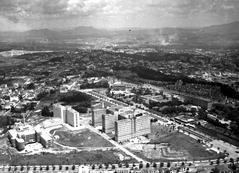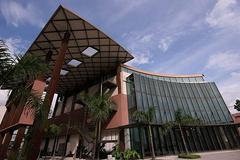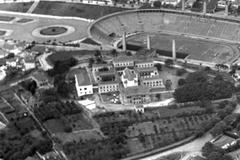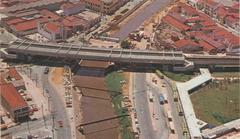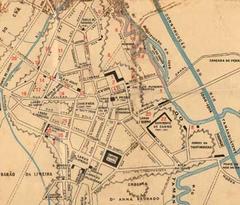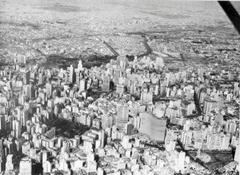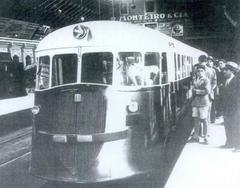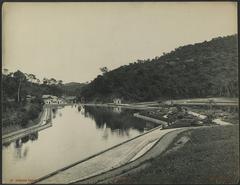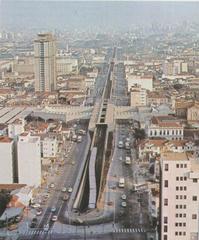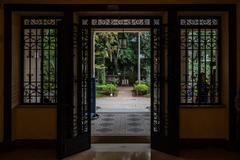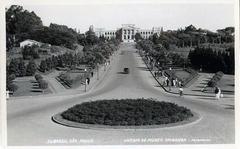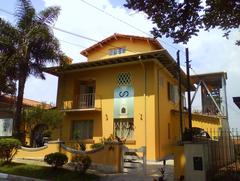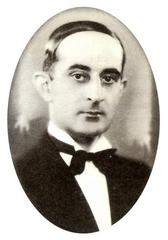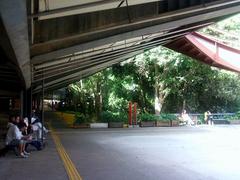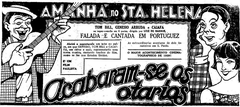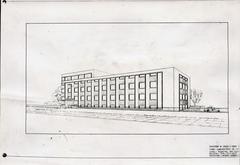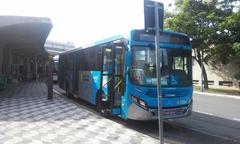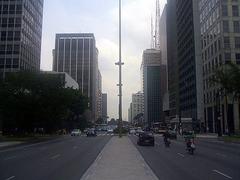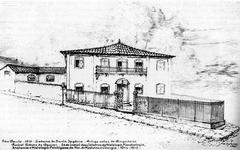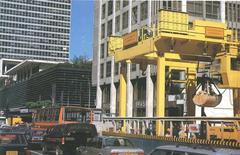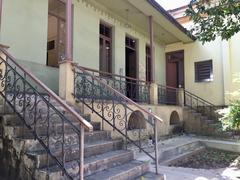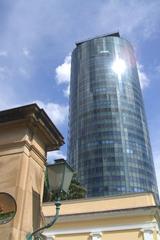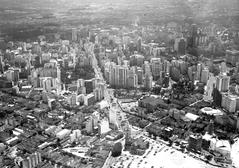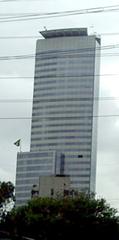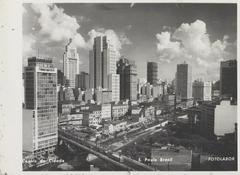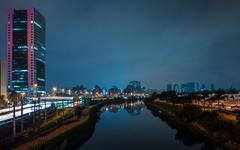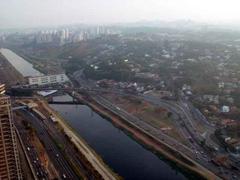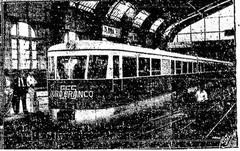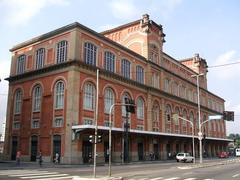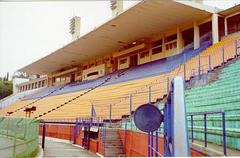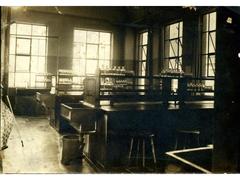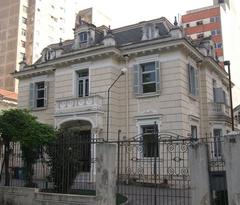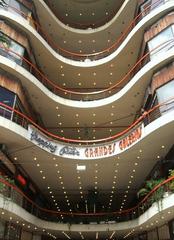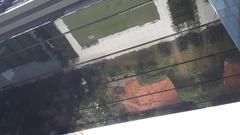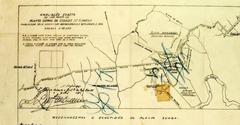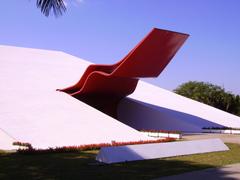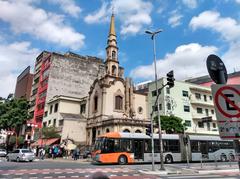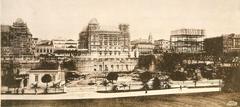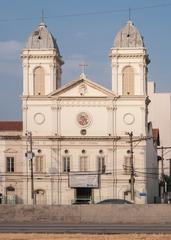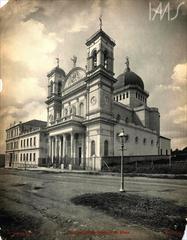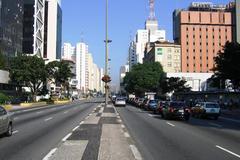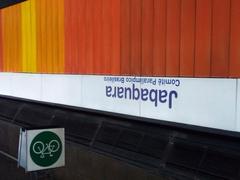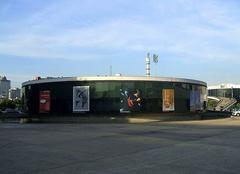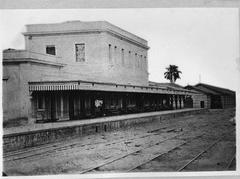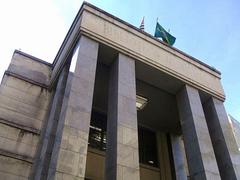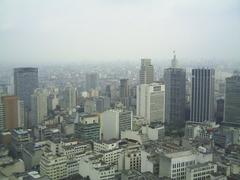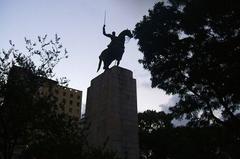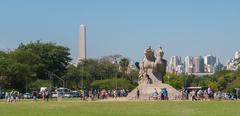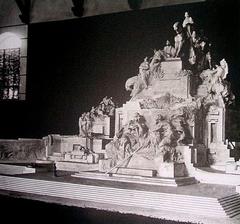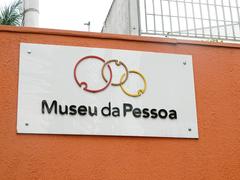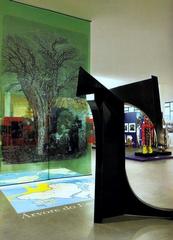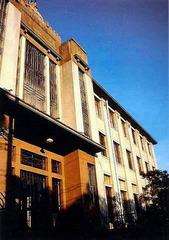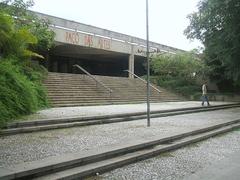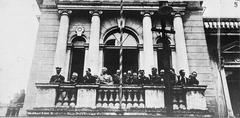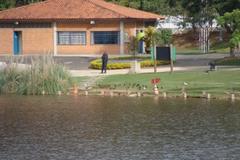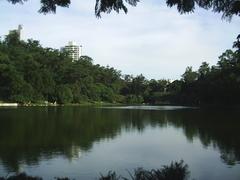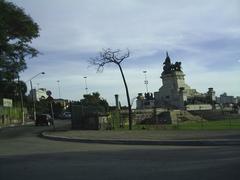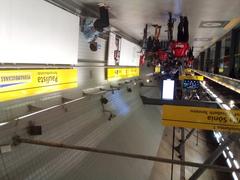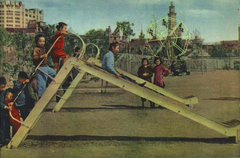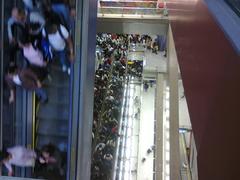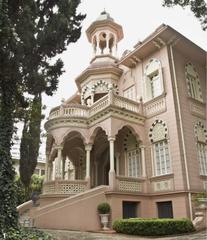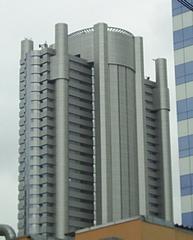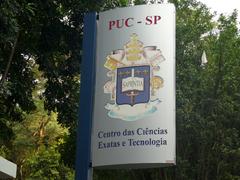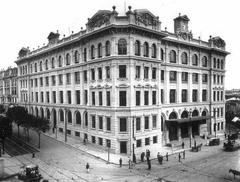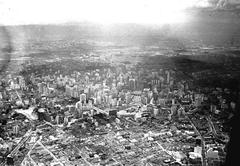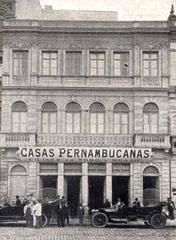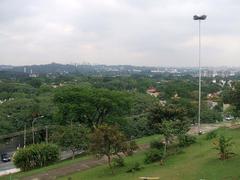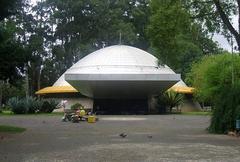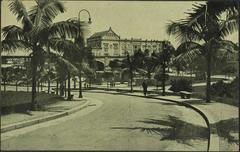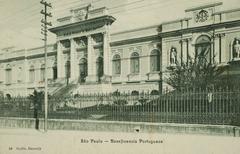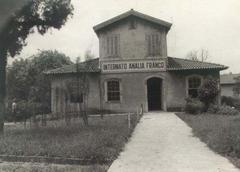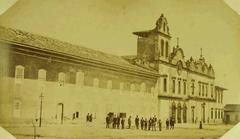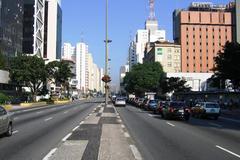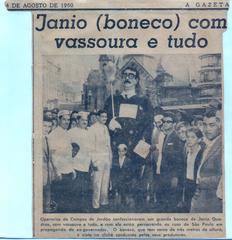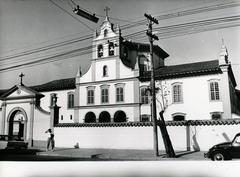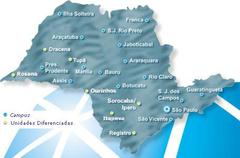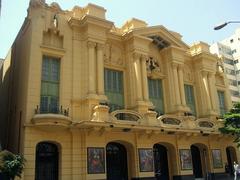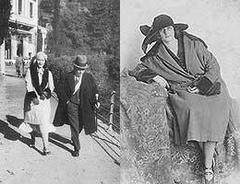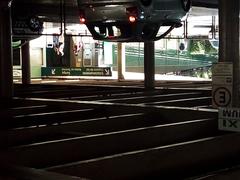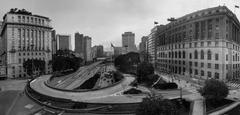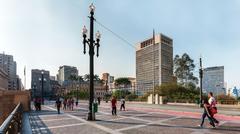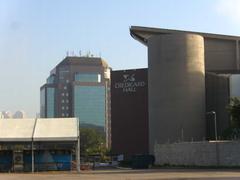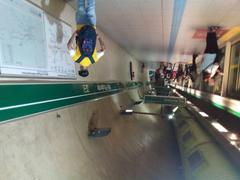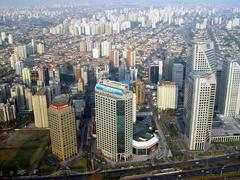Largo da Batata Visiting Guide: Hours, Tickets, and Historical Significance
Date: 18/07/2024
Introduction
Largo da Batata, an iconic square in São Paulo, offers a fascinating tapestry of history, culture, and modernity that reflects the city’s dynamic spirit. Originally a rural outpost in the 16th century, this area has evolved into a bustling commercial and transportation hub, mirroring São Paulo’s transformation from a modest settlement to a sprawling metropolis. The name ‘Largo da Batata,’ meaning ‘Potato Square,’ harks back to its agrarian roots when potato farms dominated the landscape. Over the centuries, this humble marketplace has undergone significant changes, from the arrival of the tramway in the late 19th century, which spurred urban development, to the modern subway system that cemented its role as a vital transportation hub in the late 20th century. Today, Largo da Batata is a vibrant blend of old and new, where historical landmarks coexist with modern skyscrapers, offering visitors a unique glimpse into São Paulo’s past and present. This guide will take you through the historical evolution and modern attractions of Largo da Batata, providing practical visitor information, cultural insights, and travel tips to enhance your experience.
Table of Contents
- [Introduction](#introductionintroduction)
- [Early Days - A Rural Outpost (16th - 19th Century)](#early-days---a-rural-outpost-16th---19th-centuryearly-days---a-rural-outpost-16th---19th-century)
- [A Changing Landscape - The Arrival of the Tramway (Late 19th - Early 20th Century)](#a-changing-landscape---the-arrival-of-the-tramway-late-19th---early-20th-centurya-changing-landscape---the-arrival-of-the-tramway-late-19th---early-20th-century)
- [From Square to Intersection - The Impact of Urban Planning (Mid-20th Century)](#from-square-to-intersection---the-impact-of-urban-planning-mid-20th-centuryfrom-square-to-intersection---the-impact-of-urban-planning-mid-20th-century)
- [A Modern Transportation Hub - The Arrival of the Subway (Late 20th Century)](#a-modern-transportation-hub---the-arrival-of-the-subway-late-20th-centurya-modern-transportation-hub---the-arrival-of-the-subway-late-20th-century)
- [Largo da Batata Today - A Blend of Old and New](#largo-da-batata-today---a-blend-of-old-and-newlargo-da-batata-today---a-blend-of-old-and-new)
- [Visitor Information](#visitor-informationvisitor-information)
- [Visiting Hours](#visiting-hoursvisiting-hours)
- [Tickets](#ticketstickets)
- [Travel Tips](#travel-tipstravel-tips)
- [Nearby Attractions](#nearby-attractionsnearby-attractions)
- [Accessibility](#accessibilityaccessibility)
- [Ongoing Transformation and Future Prospects](#ongoing-transformation-and-future-prospectsongoing-transformation-and-future-prospects)
- [FAQ](#faqfaq)
- [Are there guided tours available at Largo da Batata?](#are-there-guided-tours-available-at-largo-da-batataare-there-guided-tours-available-at-largo-da-batata)
- [What are some good photographic spots in Largo da Batata?](#what-are-some-good-photographic-spots-in-largo-da-batatawhat-are-some-good-photographic-spots-in-largo-da-batata)
- [Are there any special events held at Largo da Batata?](#are-there-any-special-events-held-at-largo-da-batataare-there-any-special-events-held-at-largo-da-batata)
- [Conclusion](#conclusionconclusion)
Early Days - A Rural Outpost (16th - 19th Century)
The area now known as Largo da Batata traces its roots back to the 16th century when São Paulo was a fledgling settlement. The name “Largo da Batata” itself, meaning “Potato Square,” originated from the potato farms that once dominated the landscape. One prominent figure in the area’s early history was Captain José Soares, a wealthy landowner who owned a significant portion of the land. His farmhouse, a testament to the area’s rural past, stood near the present-day location of the Faria Lima subway station until the early 20th century.
A Changing Landscape - The Arrival of the Tramway (Late 19th - Early 20th Century)
The late 19th and early 20th centuries marked a turning point for Largo da Batata. The arrival of the tramway in 1872, connecting São Paulo to the neighboring city of Campinas, brought significant changes to the area. This new mode of transportation spurred development, gradually transforming the once rural landscape into a more urban environment. As the tramway became a popular mode of transport, Largo da Batata emerged as a crucial junction. The square became a bustling transit point, connecting people and goods between São Paulo and its surrounding areas. This increased activity led to the establishment of businesses and residences, further solidifying the area’s transition from a rural outpost to a developing urban center.
From Square to Intersection - The Impact of Urban Planning (Mid-20th Century)
The mid-20th century witnessed São Paulo’s rapid urbanization, and Largo da Batata found itself at the heart of this transformation. The city’s focus on modernization and expansion led to significant infrastructural changes, impacting the very layout of Largo da Batata. During this period, the concept of a “square” as a public gathering space gave way to the prioritization of traffic flow. Largo da Batata, once a traditional square, was redesigned as a major intersection to accommodate the increasing traffic. This shift in urban planning reflected the city’s growing pains as it grappled with its burgeoning population and the demands of a modernizing society.
A Modern Transportation Hub - The Arrival of the Subway (Late 20th Century)
The late 20th century saw the arrival of the São Paulo Metro, further cementing Largo da Batata’s role as a vital transportation hub. The construction of the Faria Lima subway station in the 1980s significantly impacted the area, leading to increased accessibility and further development. The subway line connected Largo da Batata to other parts of São Paulo, making it easier for people to commute to and from the area. This improved connectivity attracted businesses and residents, leading to a construction boom. High-rise buildings began to dominate the skyline, replacing the low-rise structures that once characterized the area.
Largo da Batata Today - A Blend of Old and New
Today, Largo da Batata stands as a testament to São Paulo’s dynamic history. It is a vibrant mix of old and new, where remnants of its past coexist with symbols of modernity. The area is a bustling commercial district, home to numerous businesses, shopping malls, restaurants, and entertainment venues. Despite its transformation, Largo da Batata has retained some of its historical charm. The Igreja Nossa Senhora da Assunção, a church dating back to the early 20th century, still stands as a reminder of the area’s past. The church, with its beautiful architecture, offers a glimpse into the area’s cultural heritage amidst the modern surroundings.
Visitor Information
Visiting Hours
Largo da Batata is accessible 24/7, but businesses typically operate from 9 AM to 9 PM.
Tickets
There is no entry fee to visit Largo da Batata. However, some attractions like museums and events may have their own ticket prices.
Travel Tips
The area is well-served by public transportation, including buses and the subway (Faria Lima station). It’s advisable to visit during the daytime for a safer experience.
Nearby Attractions
Close to Largo da Batata, you can find the Pinheiros Market, Beco do Batman, and several parks and shopping centers.
Accessibility
The area is generally accessible, with ramps and pedestrian crossings available for people with disabilities.
Ongoing Transformation and Future Prospects
Largo da Batata continues to evolve, with ongoing urban renewal projects aiming to improve the area’s infrastructure and aesthetics. The construction of new parks and public spaces reflects a growing emphasis on creating a more pedestrian-friendly and vibrant urban environment. One notable project is the revitalization of the Pinheiros River, which runs near Largo da Batata. The project aims to clean up the river and its surroundings, transforming it into a scenic waterfront area. This initiative, along with other urban renewal efforts, promises to further enhance Largo da Batata’s appeal as a destination for residents and visitors alike.
FAQ
Are there guided tours available at Largo da Batata?
Yes, several tour operators offer guided tours that include historical insights and visits to nearby attractions.
What are some good photographic spots in Largo da Batata?
The Igreja Nossa Senhora da Assunção and the bustling square itself provide excellent photo opportunities.
Are there any special events held at Largo da Batata?
Yes, the area frequently hosts cultural events, markets, and festivals. Check local listings for upcoming events.
Conclusion
Largo da Batata is more than just a transportation hub; it’s a living museum of São Paulo’s history and a vibrant commercial district. Whether you’re here to delve into its past or explore its modern attractions, Largo da Batata offers something for everyone. Stay up to date with the latest developments and events by visiting local websites and following on social media.

